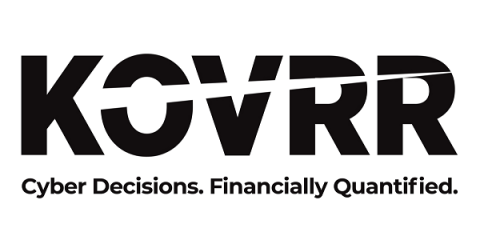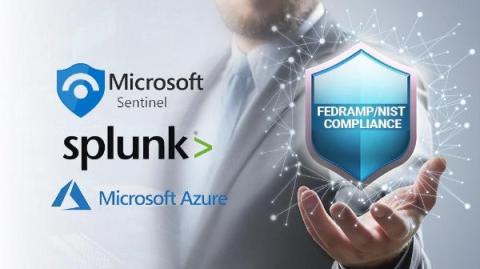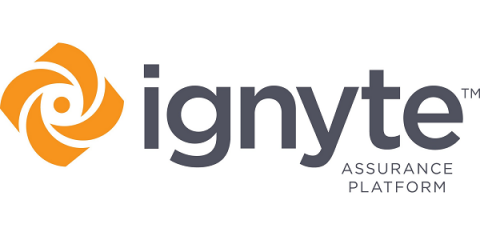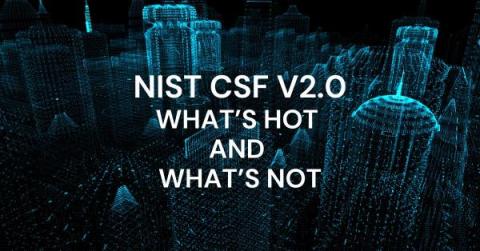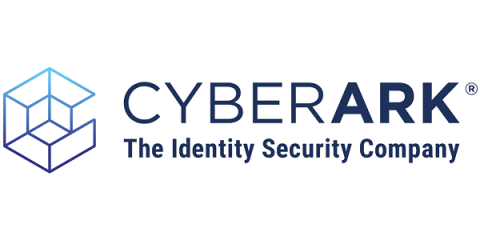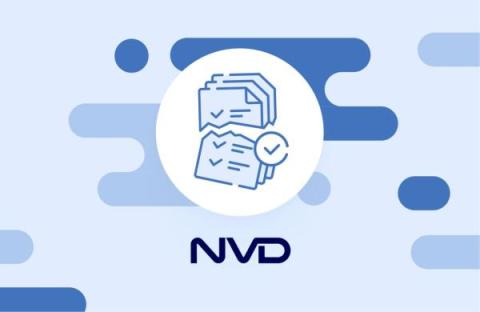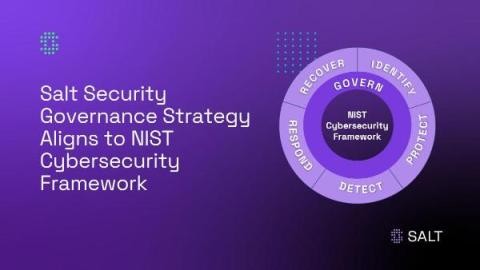Quantifying NIST CSF Maturity Levels for Data-Driven Cyber Programs
Cybersecurity maturity assessments play a fundamental role in helping chief information security officers (CISOs) determine the level of risk their organizations face due to cyber activity. By illuminating the various areas that are exposed to exploitation, these evaluations serve as a blueprint for cybersecurity leaders tasked with making the business secure amid an increasingly risky operational landscape.


